My approach to yoga places the balancing of opposites at the heart of the practice, because I believe that an emphasis on balance is key to increasing the benefits of yoga. This week I want to focus on balancing groundedness and lightness.
Balancing groundedness and lightness allows each pose to reach its full expression
How is this pair of opposites expressed in asana practice? We work towards a feeling of lightness, freedom, buoyancy in our poses, but in order to experience such lightness, we need a solid foundation to provide the stability that enables this sense of freedom. This is the idea behind the phrase “rooting to rise”.
To fully express a pose, we need both lightness and stability. Not enough stability, and you may not be able to hold the pose at all. Not enough lightness, though, and you are unable to fully enjoy the pose and experience its innate beauty.
A neutral spine helps with balancing groundedness and lightness
Forward bends tend to be grounding, while backbends emphasize a sense of lightness, freedom, and expansion. When overemphasized, the groundedness of forward bends can create a sense of heaviness, dullness, and depression. Similarly, when overemphasized, the qualities of backbends can encourage a state of flightiness and fickleness. Both forward- and backbends have an important place in the asana repertoire. However, because of the innate imbalance between groundedness and lightness in forward- and backbends, I strongly believe that poses that are not clearly designed to be either are best practiced with a spine that is always moving towards neutral.
When you find yourself in one of these neutral, non-bending poses with a non-neutral spine, the reason usually is that you have let your ego decide how far to move your periphery (your hands, your feet, your chin). In the process you have sacrificed your core alignment to avoid stretching your tight bits to get your periphery where your ego wants it. I think that this is misguided precisely because it impedes the balance of groundedness and lightness.
Try it now
Come into trikonasana, and ask yourself if you feel a balance between groundedness and lightness. If not, which one is dominating? What shape is your spine making? How can you move from where you are to a more balanced experience? Are your preconceived notions of what the external shape of the pose “should” be actually keeping you from creating a balance between groundedness and lightness? Is all your energy directed into the ground? Are you teetering on the edge of falling over? Are both these things happening at the same time? Does that mean you have found balance? Uhm, no. :)
Explore the pose, make it smarter than your habits. What is the position of your feet to each other? Does the placement of your feet encourage or discourage moving towards a neutral spine? Through which parts of your feet are you rooting down? Where is your gaze? Is it where it falls naturally, or are you jamming your neck to gaze where you think you should? Where is your upper hand, where is your upper shoulder? Does lifting your gaze, does reaching with your hand, really create a sense of lightness? Or does it have the opposite effect when you push the positioning of hand or gaze too far?
What happens when you stop listening to your ego?
Lengthen your stance, shorten it, move your supporting hand lower, move it higher (Hint: it is a common issue in trikonasana to place your supporting hand too low, because your ego told you so. The result is that you are literally collapsing into the pose, as your spine rounds forward and your chest caves in just so you can put your hand where you think it ought to be. What happens when you stop listening to your ego? Does it become easier to balance groundedness with lightness?).
You ARE supporting yourself with that bottom hand, aren’t you? If you aren’t, how much lightness are you experiencing? Even if your core is super toned, your answer is probably “not much.” Do what it takes to maximize both groundedness AND lightness. Repeat trikonasana on the other side, then try one more pose of your own choosing, and tune it up until your body—and your mind—positively glow at the balance point between groundedness and lightness.
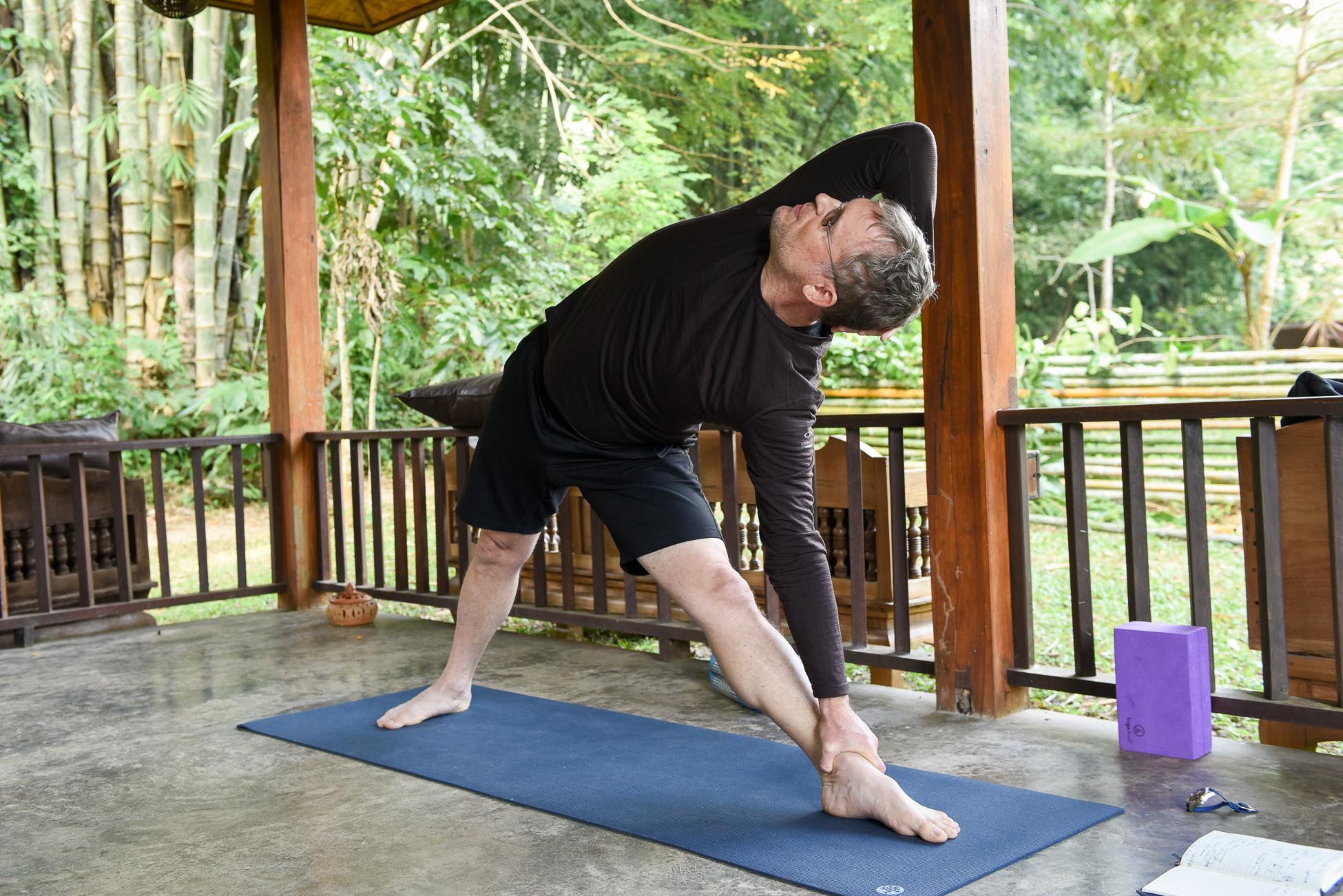
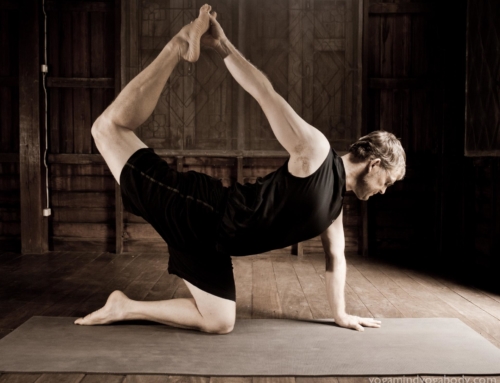
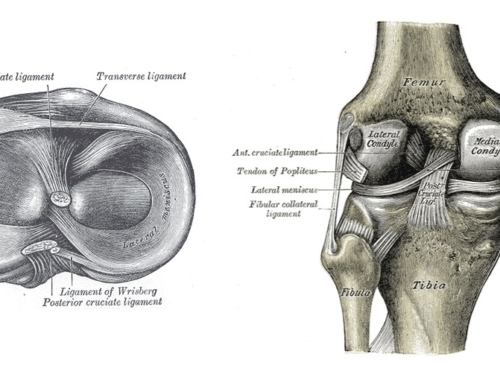
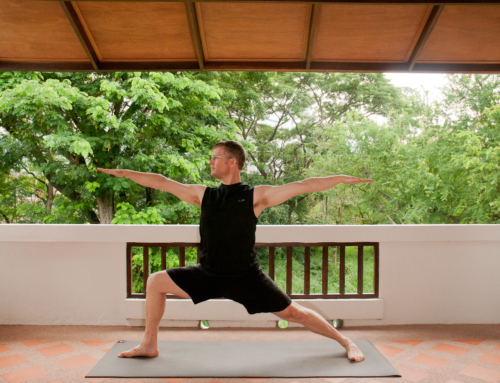
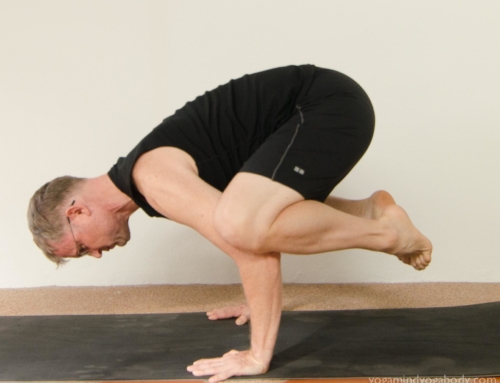
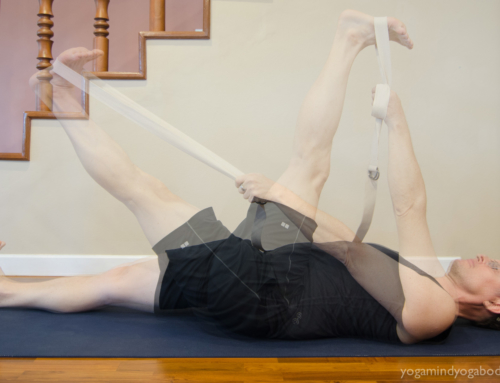
Leave A Comment